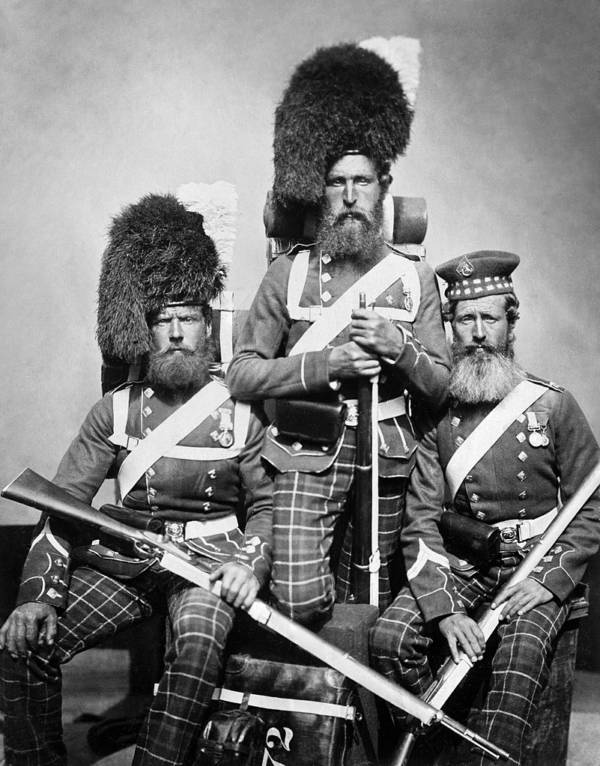
In case you were wondering what the Left has on its racist list now,sighs Kim Hirsch on the Victory Girls Blog,
The Atlantic just let us know. It’s beards. Apparently beards have a “racially fraught history,” or something.Even allowing for the ridiculousness of ever-expanding ludicrous examples of racism — with a touch of sarcasm, Sarah Hoyt writes "SURE [BEARDS ARE RACIST], BUT THEN AGAIN, EVERYTHING AND EVERYONE IS" — it still stands to reason to point out, however, as I write in a comment, that, if anything, one can actually call the Americans' (and the Britishers') fashion for beards anti-racist: from pro-Turkish and pro-Arab to pro-Islamic. (Shookhran for the link, Maggie.)
Think about it: in the American Revolution, in the Napoleonic wars, in the entire first part of the 19th century, beards seem to be rare in the Western world (Europe and North America), certainly in polite society, if not inexistent. The Founding Fathers, American presidents, and generals, kings, emperors, and armies of all nations — all, or the vast majority of them, without facial hair.
In the second part of the 19th century, whiskers (whether beards or mustaches) are ubiquitous. In the 50 years between Abraham Lincoln and Woodrow Wilson, the only elected president not to have whiskers would be William McKinley (elected 1896, four years before the turn of the century and a full third of a century after the Civil War).
The "modern" propensity for beards in America, and in the West, actually predates Honest Abe and the Civil War (1861-1865), although by less than a decade.
It started with the Brits, during their experiences in the Crimean War (1853-1856) next to their (dark-skinned) Ottoman allies. Seeing the splendid Turks with their colorful uniforms and their magnificent beards, the British, both in the military and in civilian life, started the "fashion" of letting their whiskers grow in the mid-1850s, and it spread across the Atlantic.
In a photo album of Crimean War photos, it is close to impossible to find more than a handful of allied soldiers (British, French, Ottoman, or other) who do not sport some kind of facial hair. (As it happens, the rigors of the winters at Balaclava — as bad as the Russian winter of 1812, wrote one Irish soldier — were not entirely immaterial in helping to spread the fashion.)
(Incidentally, the bloodiest European war in the 100 years between the end of the Napoleonic Wars in 1815 and the beginning of World War I in 1914 (the Crimean War, 1853-1856), the bloodiest war in North America of the 19th century and also of all time (the Civil War, 1861-1865), and the bloodiest war in Latin America of the 19th century and also of all time (The Paraguayan War or the War of the Triple Alliance, 1864-1870) all broke out within 10 years or so of each other…)
As it happens, Americans also took to the fashion of the French units in North Africa, resulting in several Zouave units in both armies during the War Between the States.
That's right: if anything, you can call the British and American fashion for beards:
pro-Arab (or at least pro-Ottoman) and pro-Islamic. I don't know about you, but in my book, that would happen to fall in the anti-racist department…


No comments:
Post a Comment